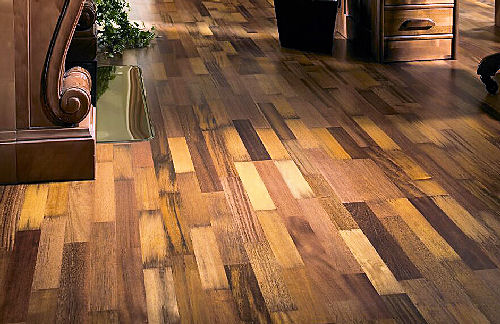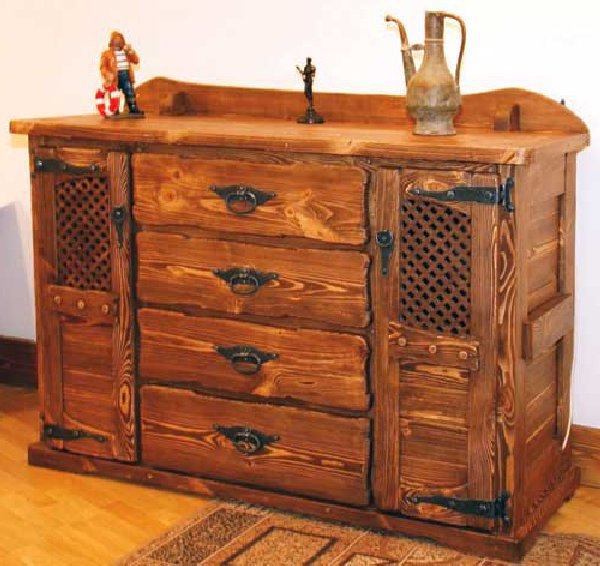Modern furniture for the student
 The production of educational furniture is a knowledge-based and high-tech process, accessible only to a specialized enterprise, and not to any furniture factory, and even less a small workshop. Reliability, durability, safety, modern design – these qualities are achieved only using modern technologies and technological equipment of the class “professional “That meets the best international standards.
The production of educational furniture is a knowledge-based and high-tech process, accessible only to a specialized enterprise, and not to any furniture factory, and even less a small workshop. Reliability, durability, safety, modern design – these qualities are achieved only using modern technologies and technological equipment of the class “professional “That meets the best international standards.
It is also necessary to minimize the number of intermediaries in the producer-consumer chain.
To date, the main regulatory document governing the requirements for educational furniture is the revised and updated – GOST 22046-02 “Furniture for educational institutions. Technical Conditions ”, effective July 1, 2003.
In addition, the types, functional dimensions and requirements for educational furniture are defined in the following GOSTs: GOST 5994 – 93 School desks.
These documents reflect the following general criteria and requirements for educational furniture:
1. pedagogical;
2. sanitary and hygienic;
3. ergonomic;
4. production and economic;
5. architectural and artistic.
1. Educational furniture that meets all of the above requirements must be guaranteed to maintain its functional and quality for a long period of use:
– student table – at least 10 years;
– student chair – up to 5 years;
– cabinets for teaching aids – at least 20 years.
2. The basis for the correct configuration of schools with furniture is the availability of the necessary sets of student furniture in groups in accordance with the actual distribution of children (this is especially important in elementary school).
3. Requirements to ensure a safe stay at school – the safety of educational furniture.
The safety of products is provided by the following elements in its production:
– rounding off the corners of countertops on all types of tables;
– use in the edging of the worktops of the plastic edge of the ABS;
– the use of a round pipe profile for the table frame;
– the use of the mechanism for adjusting the table supports and cabinets according to the unevenness of the floor; – increased stability of the design of the table and chair.
4. For the convenience of transportation, educational furniture most often comes unassembled. It should be noted that the assembly of furniture is an important stage in the production and technological cycle. The durability of the product largely depends on the quality of this operation. It is desirable that the assembly of the product was carried out by specialists.
5. When equipping special rooms, such as chemistry, physics, biology, computer and language classes, it is necessary to use specialized furniture. Particular attention should be paid to compliance with technical safety rules and sanitary and hygiene standards.
6. Repair of educational furniture (if necessary) should be carried out by specialists with preservation of all the qualities of the product laid down in production by the manufacturer.
In improving educational conditions, an important place is occupied by the issue of equipping schools with furniture. To ensure performance, proper physical development, prevention of impaired posture and vision in children and adolescents, the use of school furniture that meets hygiene requirements is of great importance.
In the process of training, the student’s body experiences a static load, due to the need to maintain a forced working position for a long time. This load increases dramatically in case of improper furniture, the discrepancy of its size to the growth and proportions of the body of students. There are conditions conducive to impaired posture, the development of myopia and its progression.
Hygienic requirements for school furniture primarily relate to its size.
Special measurements have established that the average values of individual body parameters, which serve to normalize the basic dimensions of furniture and their ratios, do not differ significantly when children and adolescents grow in the range of ten to fifteen centimeters.
Since 1972, a growth scale with an interval of 15 centimeters has been adopted for schoolchildren. In accordance with this scale, tables, chairs and desks of five groups were manufactured – A, B, C, D, D.
Arrangement of school furniture
Ahead of each row are furniture of smaller rooms (for example, No. 2), followed by large rooms (for example, No. 3, No. 4). The first in all three (four) rows is furniture No. 1, the second No. 2 or group A, the third No. 3 or group B. If necessary, put furniture of a larger number, closer to the board, it should be placed only in the extreme first or third (fourth) ranks.
Workplaces in classrooms at the first or second tables (desks) in any row are assigned to students with a significant decrease in hearing acuity (conversational speech is perceived from 2 to 4 m, and whisper from 0.5 to 1 m). Pupils with reduced visual acuity are given places closer to the window at the first tables (desks), where the most favorable lighting conditions are with natural light.




